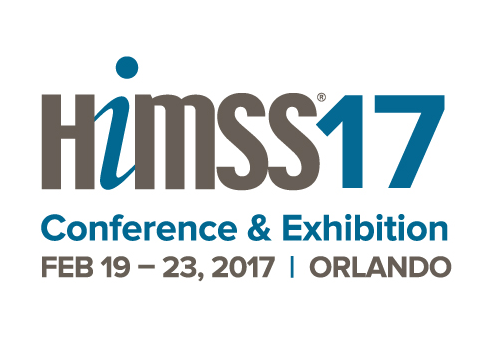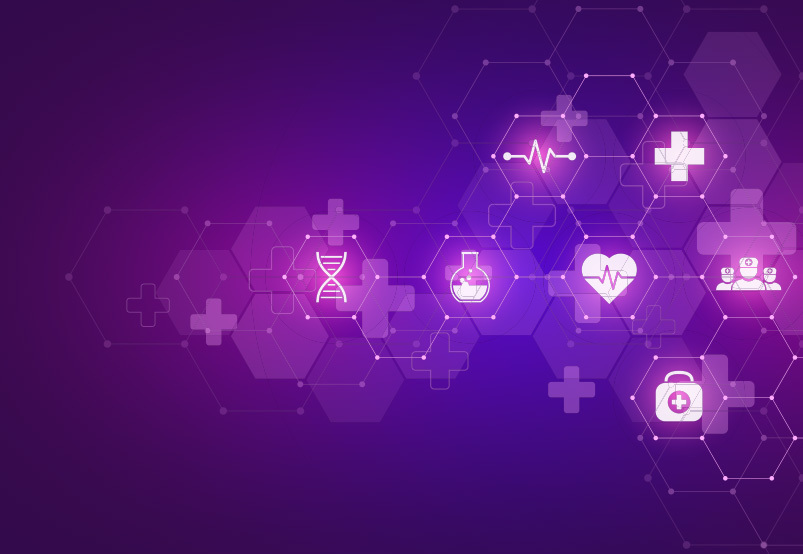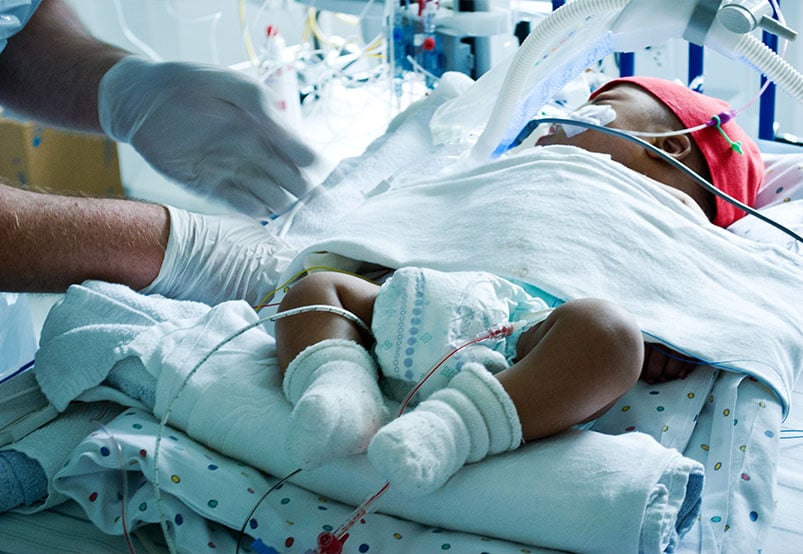
As always, HIMSS is an exciting time of year. A time to see the evolution of technologies, to catch up with colleagues and friends, to speak to healthcare executives about their initiatives and challenges, and, more than anything, to learn.
This year, we were excited and honored to witness Dr. Fernando Stein, 2017 AAP-president elect, and Joellan Mullen, MSN, RN, CCRN-K, present their alarm management project during the general session. Their presentation, Patient-Centric Alarm Management for Improving Care Quality, was held on Wednesday, February 22nd. Over one hundred attendees gathered in the room to hear the lively talk filled with vignettes and truly compelling takeaways.
Dr. Stein’s Introduction to the Alarm Problem
Dr. Stein started out with his usual humorous undertones and engaged the audience right away. He showed a “Status Quo” slide and talked about how every nurse on the unit was receiving 250 alarms per shift or 1 alarm every 3 minutes for 12 hours!

You could actually hear gasps in the room. Everyone knows alarms are a problem, but hard numbers like these make the problem so real. More importantly, when you take a step back and think about those numbers and the impact on patient care, you know that things have to change.
The Solution and Results
Dr. Stein turned the session over to Joellan so she could talk more about how she, the nursing staff, and the entire TCH team tried to resolve this problem. She talked about their steering committee, their PDSA cycles, their data collection process, and their use of MIC’s alarm dashboards. She provided step-by-step details on Phase I of their process – from baseline analysis, to alarm analysis, to policy and protocol changes. She presented detailed slides on a variety of results including an initial 10% reduction in alarms per bed per day, a 13% reduction in total alarms in the unit, and no adverse effects.
Joellan then discussed TCH’s shift to patient-centric alarm management and the creation of a daily patient-specific alarm rounding process led by the nursing staff using MICs PatMon Alarms dashboard. Joellan talked about how this change resulted in an overall reduction in alarms in the PCU by 28.51% and decreased time in alarm by 29.40%.
Finally, Joellan closed the session by talking about how they can use the dashboards to not just track all events, but investigate each event. This ability, combined with more meaningful alarms, has resulted in measureable improvements in patient care. For example, Joellan’s unit has been able to decrease unplanned intubations from around 4-5 per month to 2-3 per month as a result of the daily alarm management process and views into the data that MIC provides.
My Sense of Pride and Accomplishment
As the CEO of MIC, I am grateful and proud to have been a part of this project. When we created our alarm management dashboards, we wanted to go beyond just providing information on alarms, to providing tools that made alarm data meaningful and actionable. We also wanted to ensure that the data we provided included patients that were still in the bed. Why? Because alarms aren’t one and done. Changing alarm limits is the first step but your patient population is always changing. Unless you create a mechanism for patient-centric alarm management, long lasting change doesn’t occur.
As Joellan closed the presentation she said “patient-centric and real-time analytics can change the conversation, empower hospital staff, and improve patient care.” This was music to my ears. You see, the word that we use every day at MIC is “empowerment”. Our goal is to empower the care team to make better, faster decisions and save lives. So hearing Joellan use this word, and seeing all the accolades that TCH has received for this project, is proof that we are delivering on that vision.
Next Steps
Joellan mentioned to the audience that the success of the project is leading to deployment in other units. She also mentioned that they are also deploying other MIC apps such as PatientHx to dive even further into events, protocols, and trends, as well as MIC’s remote monitoring and predictive analytics apps. We will continue to work hand-in-hand with TCH to help them realize all their goals and more. In addition, we are actively working with many other forward thinking institutions to realize similar results. Together, we believe we can change healthcare. Together, we can “save lives, bit by bit.”
Want to Learn More?
Contact us if you would like copies of the presentation slide deck or if you would like to discuss your current initiatives and see our alarm management and other apps for remote monitoring and predictive analytics in action.




